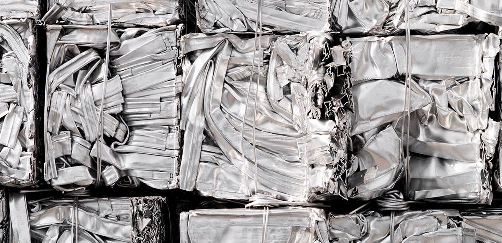LOG Pharma Sets New Standard
16 December 2025

Aluminum is vital to flexible packaging for its protection, recyclability, and adaptability. However, traditional aluminum production carries a high carbon footprint. Constantia Flexibles is leading change with Low Carbon Aluminum — a high-performance solution that significantly cuts CO₂ emissions without sacrificing quality.
“We’re not waiting for standards — we’re setting them” says, Peter Wallach, Segment Lead Processed Meat & Beverages, Peter Wallach, Segment Lead Processed Meat & Beverages and Head of Plant Sales Constantia Teich; Martin Kornfeld, Vice President of R&D at the Competence Center for Aluminum and Matthias Hofinger, Senior Lead R&D Aluminiu. “Our Low Carbon Aluminum is already used in industries like dairy, pharma, and batteries. It’s not a future concept; it’s happening now”.
Matthias Hofinger explains: it’s aluminum with a much lower CO₂ footprint but the same physical properties. Constantia defines clear limits:
Max 4 tons CO₂e per ton for primary aluminum
Max 5.5 tons CO₂e per ton for foilstock
These thresholds are backed by data and third-party verification, ensuring transparency and credibility.
Martin Kornfeld highlights that while aluminum is an excellent barrier, its carbon cost was a drawback — now solved. Low Carbon Aluminum lets customers reduce emissions without altering processes, since the main change lies in greener energy sources. Peter Wallach adds that Constantia’s expertise keeps them ahead of the curve, expanding their Low Carbon range into new sectors.
If you'd like to talk with one of our team, give us a call on 03 9708 2595 or if you prefer, let us know what you are looking for on the form below and we'll get back to you shortly.
Get in touch